- Home
- Storystorm
- Good Characters
How to Make Good Characters by Brainstorming
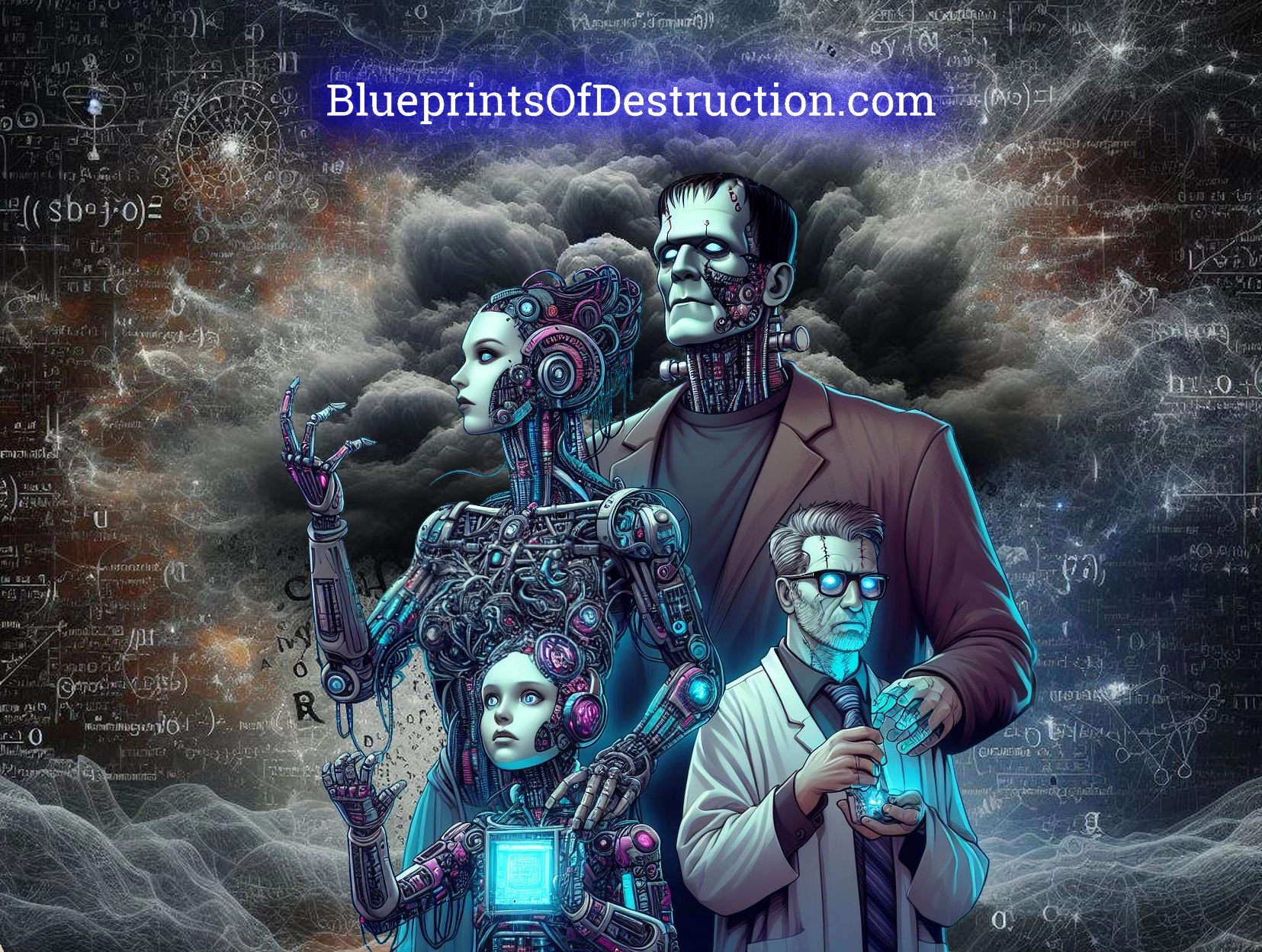
One of the most important aspects to any story is the characters. Every character within a story carries the responsibility of creating a believable and immersive experience for the reader. A single character which violates this criteria can disrupt the entire story, and cause the reader to become disconnected from the immersion. The characters’ depth and consistency are debatably more important than whether any given character is even likable.
When Frank and Lucy first started their brainstorm, before Storystorm was even realized yet, they did not know who, or even what, their characters were. They began brainstorming with little more to work with than a few tidbit ideas, and most of those were not specific to any characters. So, how does a would-be author figure out how to make good characters by brainstorming, when that author may not even know the characters who are being developed through that brainstorm.
The answer is, most often, there must be a scattershot approach to the brainstorm. After all, brainstorming might be an art, but it is not necessarily a science. The technical definition of Brainstorming, according to Dictionary.com, is:
noun
a technique for generating ideas and solving specific problems with uncensored and nonlinear thinking, usually performed through group participation in a spontaneous discussion where all ideas are noted without assigning them value, and no proposal is selected or discarded until after the conclusion of the creative exercise.
According to Wikipedia, Alex Osborn introduced the idea of brainstorming in 1942, in his book How to Think Up. By 1954, he and an associate of his had developed Creative Problem-Solving. And, while you did not come to this page to learn about the origins of brainstorming, it is important to lay a foundation of not only why it works, but perhaps how it was originally created to work.
The definition of brainstorming, as compared to the nuanced approach to doing it, might seem to leave something missing in its description. That is exactly what PhranqenLu discovered when brainstorming for Blueprints of Destruction. There was no “specific problem” to try to solve. The brainstorm was as much to come up with a problem as it was to find the solution.
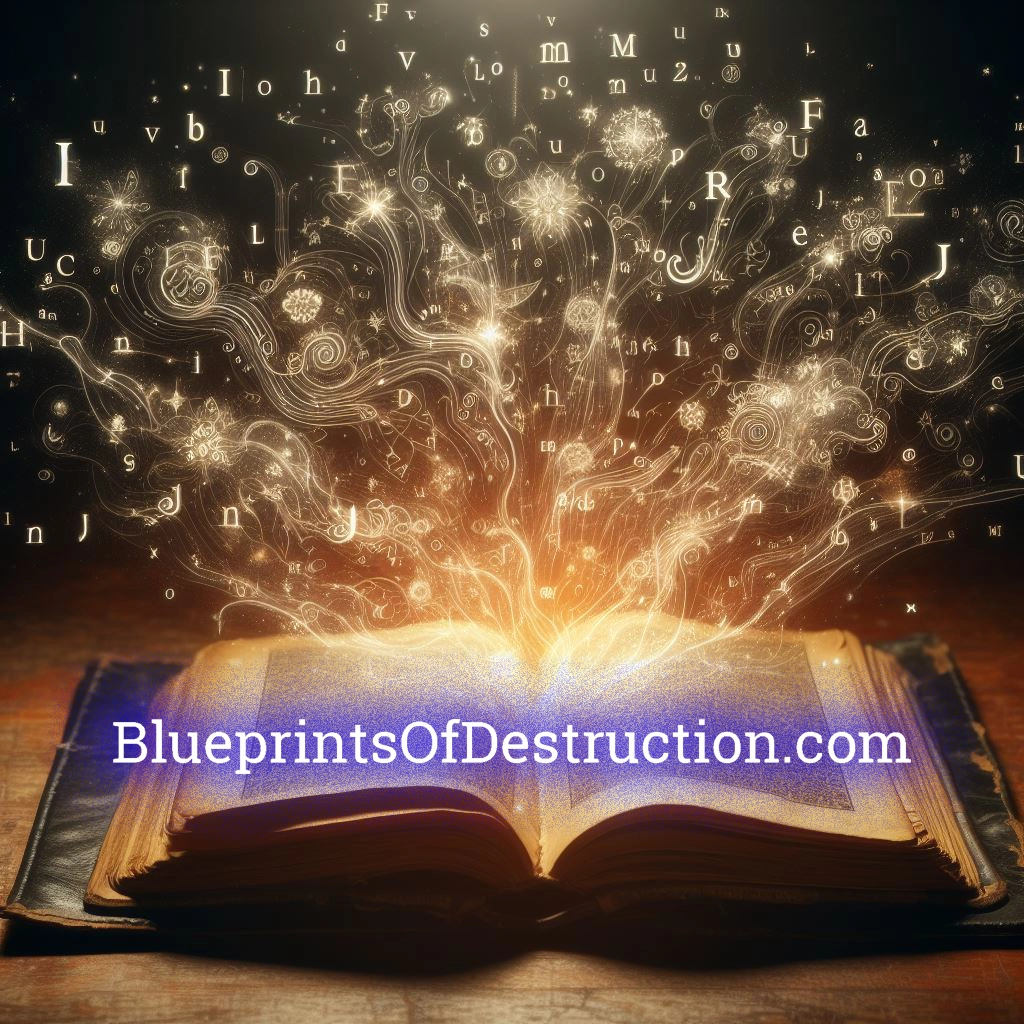
So, there were questions which came up:
- What species would be found in the Vectored City?
- What would set them apart from each other?
- What themes are going to be present in the story?
- How, if at all, are these answers going to affect Xal?
- What is a way to allow unexpected changes to happen within the story?
First Thoughts on Species: Storystorm, Page Five
Listed Species (Additional species would be added later):
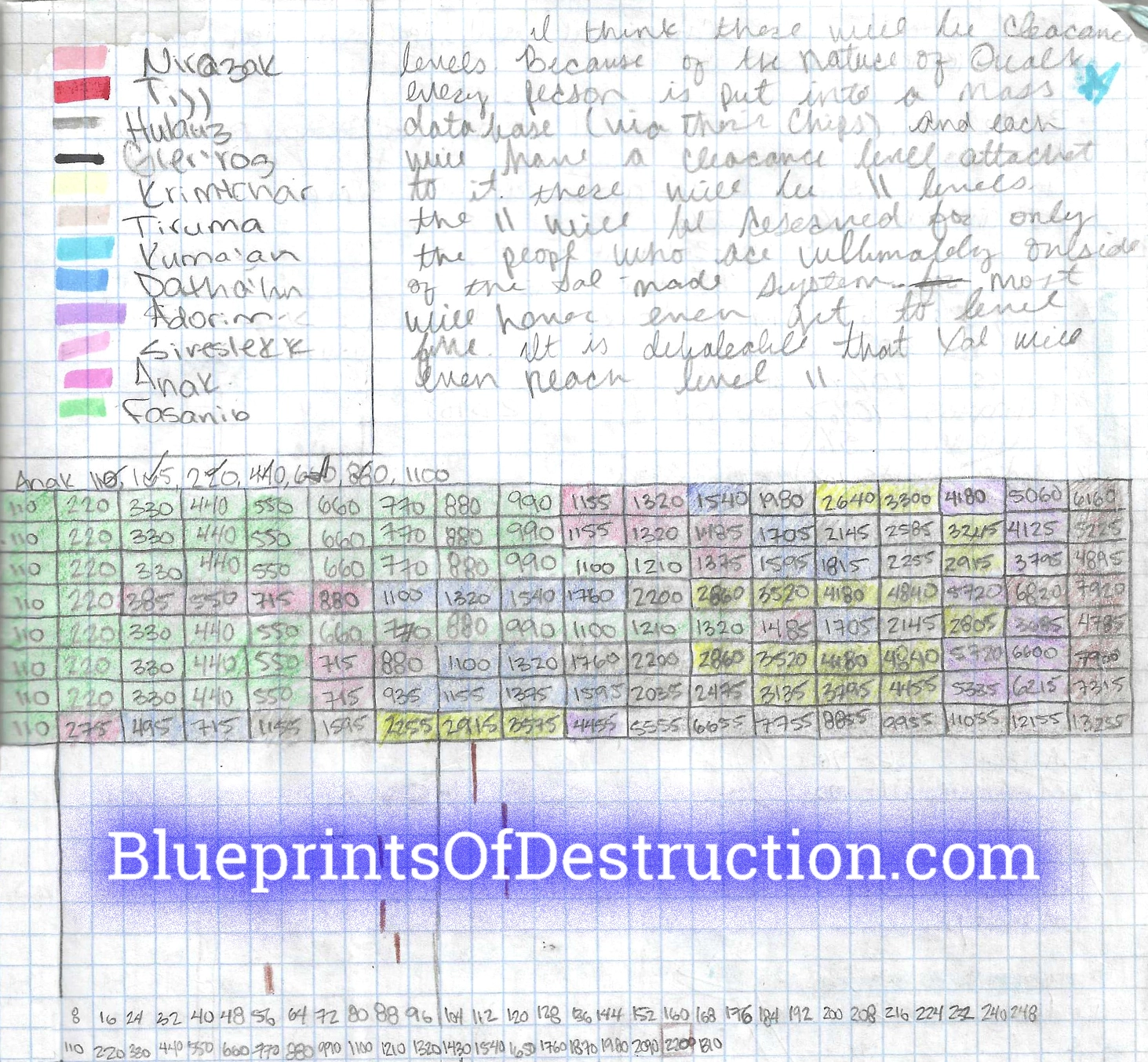
Nirazak
Tijj
Hulauz
Gler’rog
Krimtchar
Datha’hn
Adorim
Siveslekk
Anak
Fasanib
Included text: “I think there will be clearance levels because of the nature of Qualx. Every person is put into a mass database (via their chips) and each will have a clearance level attached to it. There will be 11 levels. The 11 will be reserved for only the people who are ultimately outside of the Sal-made system (edit: …with his approval). Most will never even get to level five. It is debatable that Xal wil even reach the top levels. (edit: I think that it is a moot point for Xal’s clearance level. He will bypass Sal’s silly little system).”
This page also shows one of many “failed” attempts at figuring out how to generate character attributes (specifically for the Anak in this case) in a moderately random way. The effort was intended to be able to fill in more detailed aspects of a character without either “cookie cutter” results, or taking too much time to brainstorm each character.
Fleshing Out Known Characters
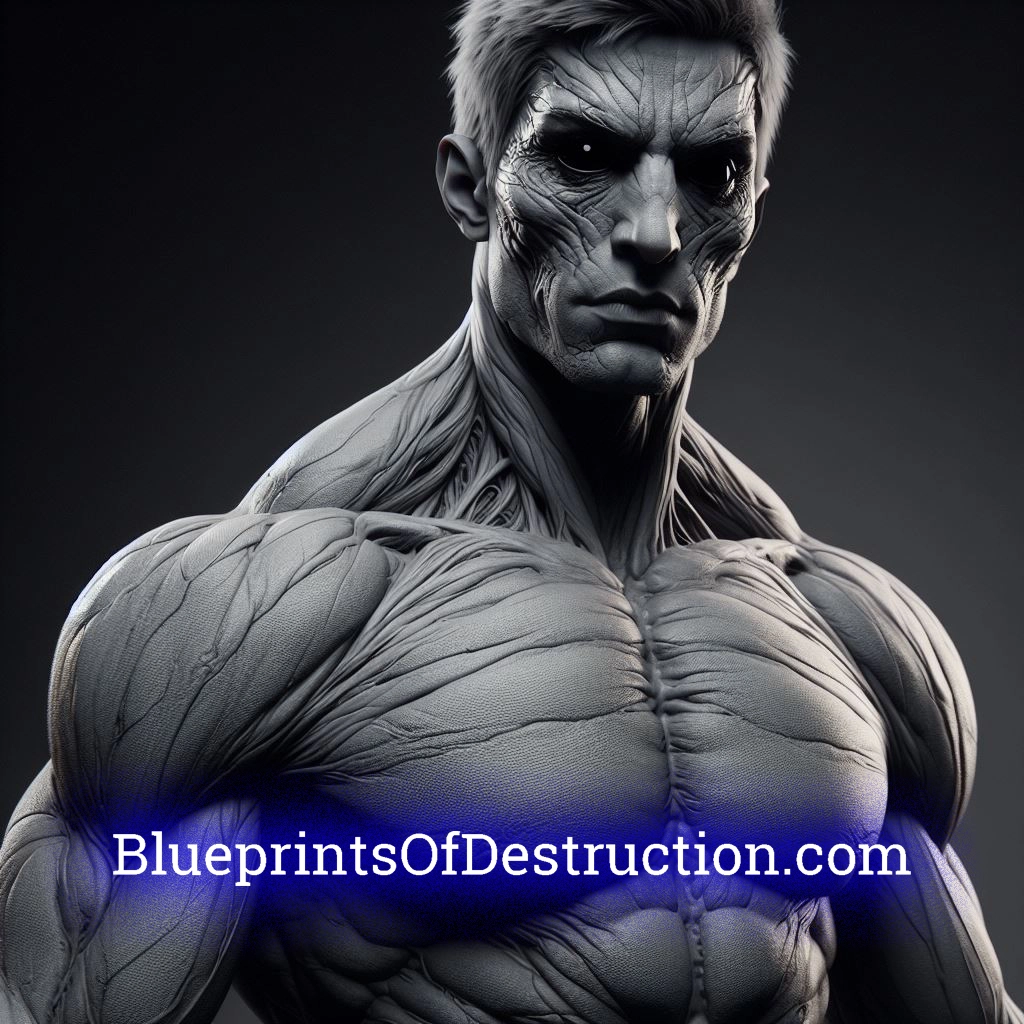
The Hulauz were established early on to be the most familiar-ly humanoid of all the species. They were generally human sized and shaped, though they had a naturally dull-gray colored skin. This would be augmented by tri-gallium, both in having a more silvery sheen to their coloration, as well as the augmentation of Gilluminescence (the gallium-sourced lighting often associated by many of the augmentations, modifications, and adaptations used by many species and peoples, whether persons or non-persons, of the Quad-City). It was determined Gagl Paxx (pronounced “Gauge Packs”) was Hulauz, as was his son, Guaje Paxx, “Jr” (also pronounced “Gauge Packs”).
The idea that there would be a Paxx Sr., as well as a Paxx Jr., created some questions about species-compatibility when dissimilar species had offspring (if it was even possible). It did not directly answer the question about whether Paxx, Jr.’s mother was Hulauz or not, but it at least created an additional conversation:
- Was she Hulauz?
- Could she be another species?
- Were there breeding limitations on which species could procreate?
- If she was another species, would there be a blending of traits, and how would those blends be handled throughout the course of the story?
- If she was not Hulauz, and there were no blended traits between species, why not?
- If species were incompatible, was that because of physiology, or merely a social construct?
Character Notes: Storystorm, Page Six
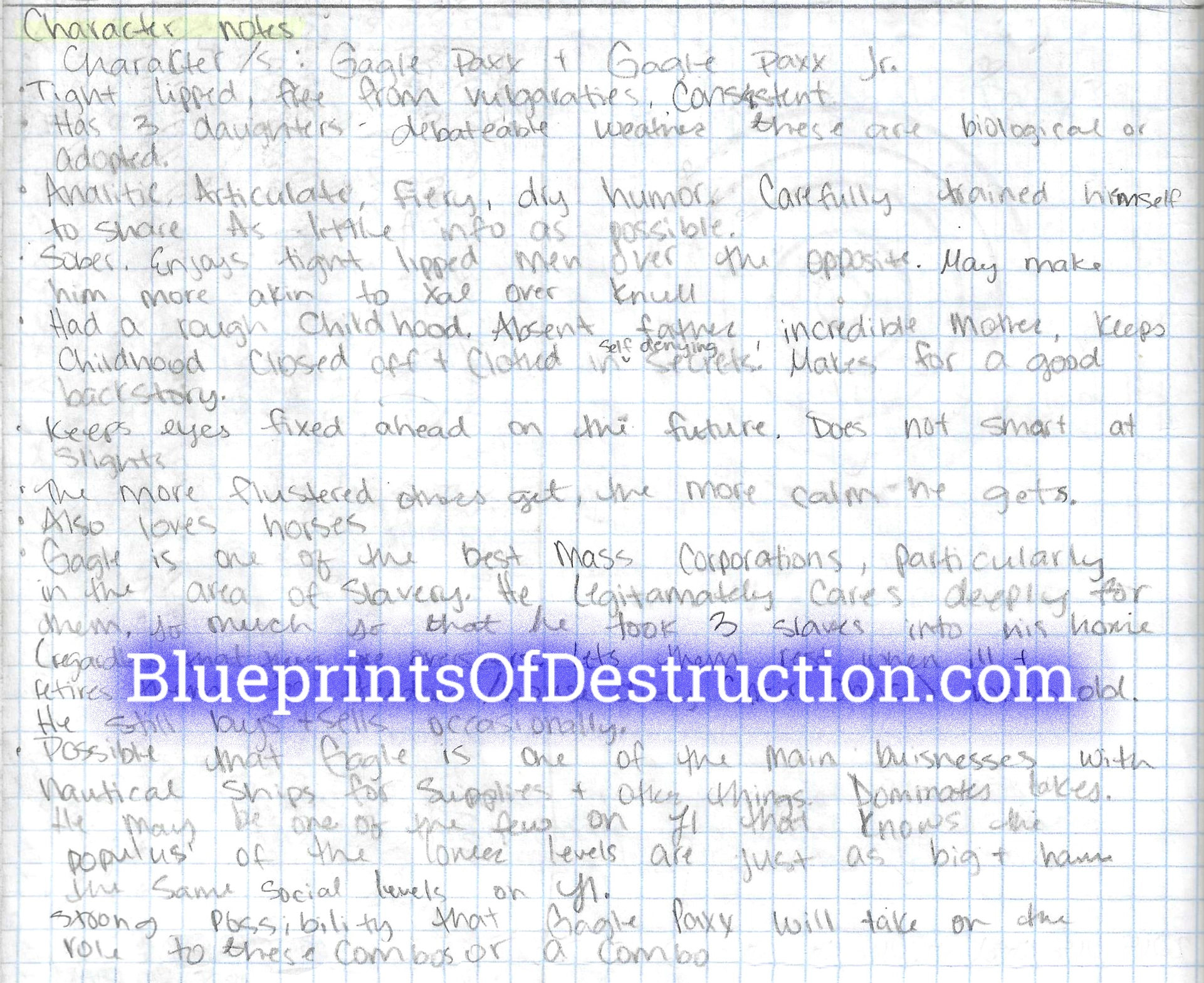
- Character/s: Gagle Paxx, Sr. & Gagle Paxx, Jr.
- Tight lipped, free from vulgarities, consistent.
- Has three children.
- Debatable whether these are biological or adopted.
- Analytical, articulate, fiery, dry humor. Carefully trained himself to share as little information as possible.
- Sober. Enjoys tight-lipped men over the opposite. May make him more akin to Xal over Knull.
- Had a rough childhood. Absent father, incredible mother. Keeps childhood closed off and clothed in (self-denying) secrets. Makes for a good backstory.
- Keeps eyes fixed ahead on the future. Does not smart at slights.
- The more flustered others get, the more calm he gets.
- Loves horses.
- Gagl is one fo the best Mass-Corporation, particularly in the area of Slavery. He legitimately cares deeply for them. So much so that he took 3 slaves into his home (regardless that they are overseers. Lets them rest when ill & retires them to freedom/house duty(their choice) when old.
- He still buys and sells (slaves - from later edit) occasionally.
- Possible that Gagl is one of the main businesses with nautical ships for supplies and other things. Dominates Lakes (Sea Vats - from later edit). He may be one of the few on Level 1 that knows the populace of the lower levels are just as large, and have the same social constructs on L1 (edit: as on the upper levels). (edit: The social constructs of the lower levels are similar, but often more brutal and direct than the upper levels, which rely largely upon socio-political interactions.)
- Strong possibility that Gagl Paxx (Sr.) will take on the role of these combos or a combination.”
Storystorm Table of Contents
Simple Beginnings: Storystorm, Page One
Possible Characters: Storystorm, Page Two
How to Randomly Develop Characters: Storystorm, Page Three
Early Concept for a Tool: Storystorm, Page Four